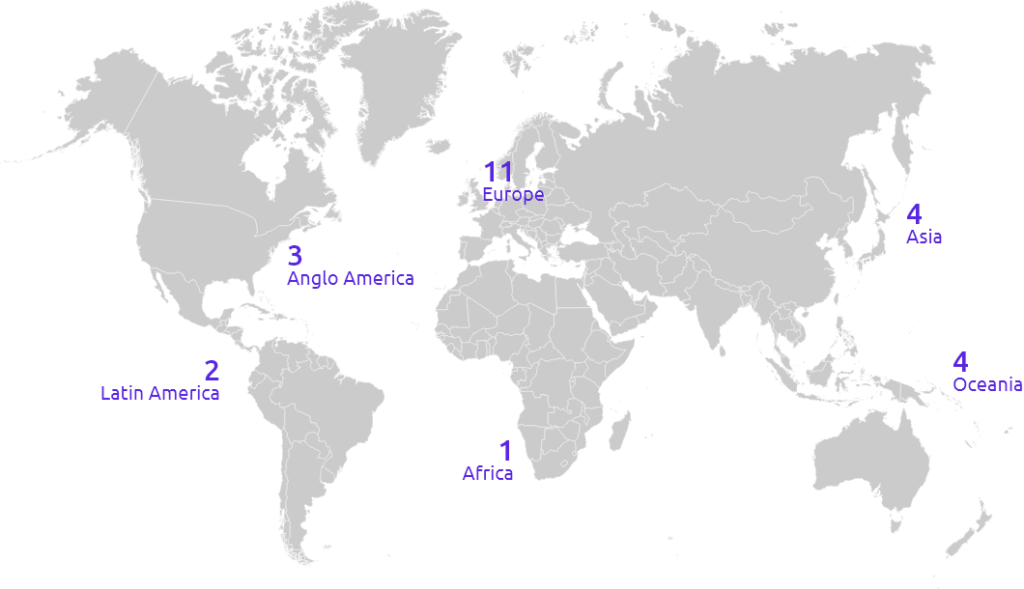Goals and Facts
Goal of the Observatory
The goal of the Global Observatory of Healthy and Sustainable Cities is to provide comparable spatial and policy indicators of healthy and sustainable urban design and planning for cities across the globe.
The indicators used in our observatory rely on evidence-based benchmarks, and will allow tracking progress for attaining cities that, by design, maximize people’s health and wellbeing, whilst contributing to climate change mitigation.
Facts about the Observatory
The first iteration of the Global Observatory of Healthy and Sustainable Cities:
- Was launched in May, 2022, after the launch of the 2022 Lancet Global Health Series on Urban Design, Transport and Health.
- Is the result of over 3 years of global, collaborative research, by a team composed of over 80 investigators, from 34 institutions, based in 25 cities in 19 countries and 6 continents.
- The study was overseen by an international, 12-member Executive Committee.
- Includes 25 cities located in 19 countries and in 6 continents (all but Antarctica).
- Relies on evidence-based benchmarks, supported by extensive and rigorous research.
The 25 cities that provided the first cohort of data for the Global Observatory of Healthy and Sustainable Cities are shown in the map below:

We expect to grow the Observatory to include indicators for more low and lower-middle income cities in the near future!
For each of the 25 participating cities, the observatory provides spatial and policy indicators to assess healthy and sustainable urban design and planning, which are summarized in easy to use tools for advocacy and policy action: Scorecards and Reports.
















